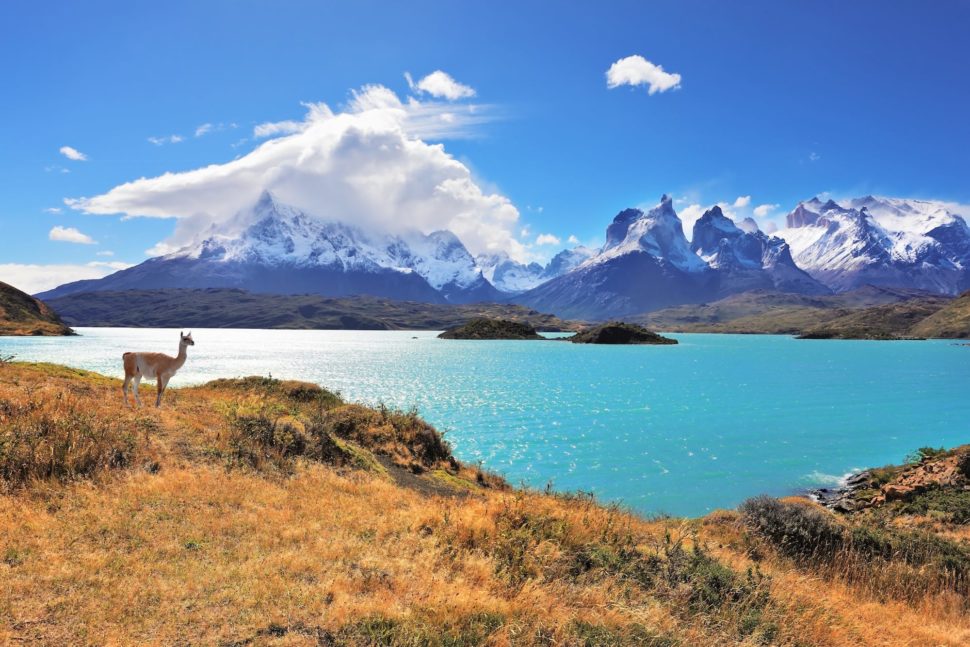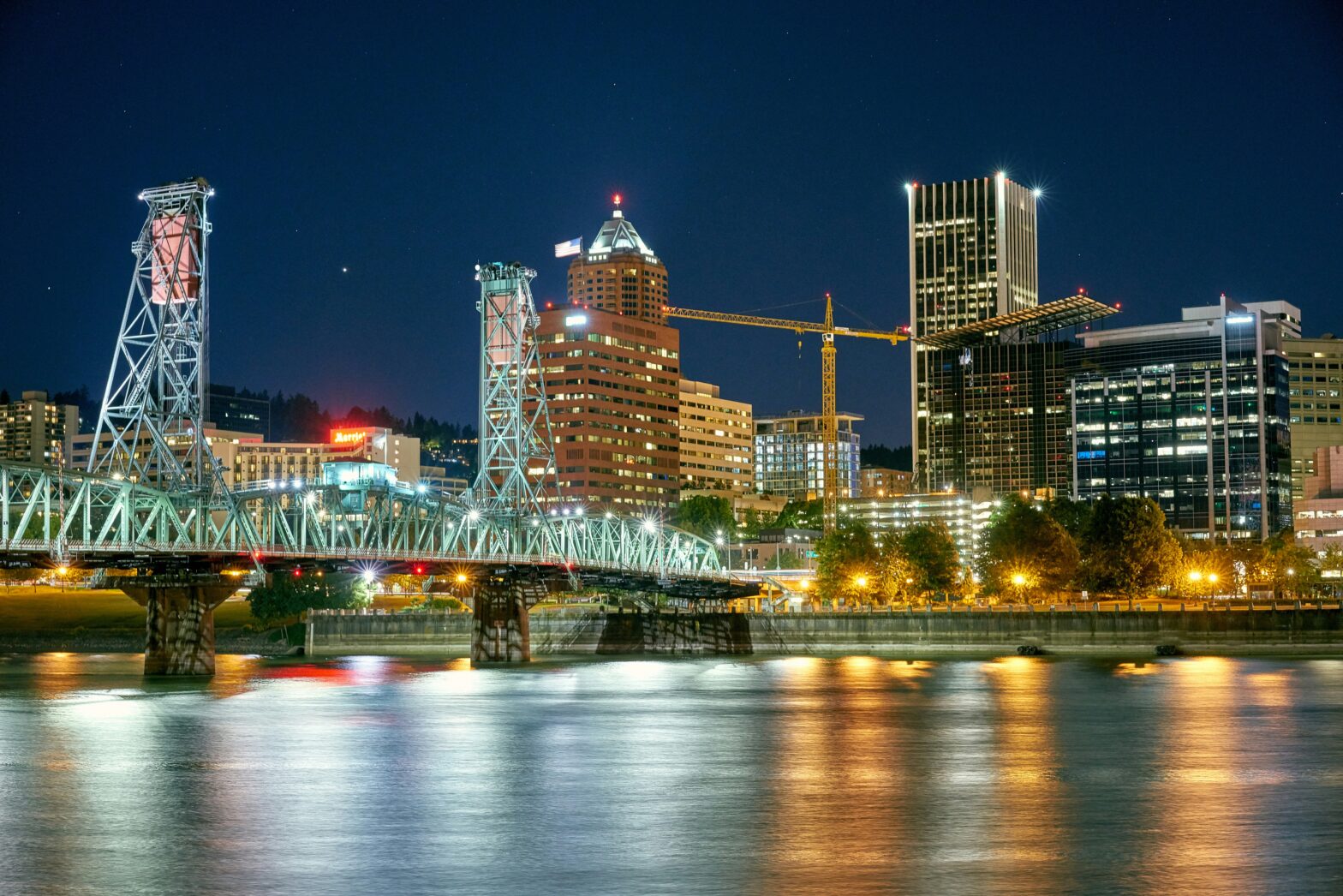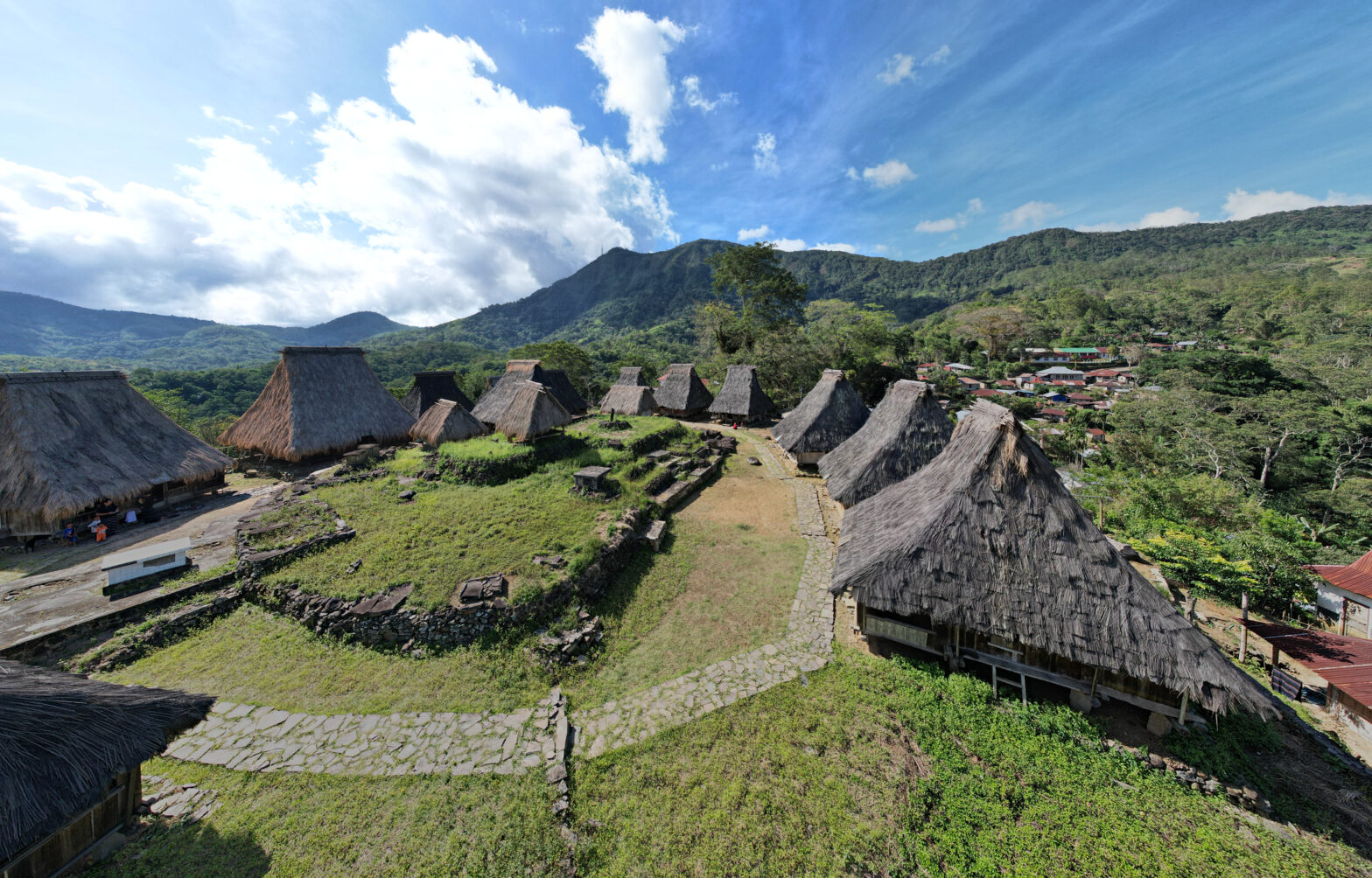Rewilding projects are conservation initiatives that restore and protect natural processes and wilderness areas. They are a form of ecological restoration that reintroduces plant and animal species that have been driven out of the area due to human activity and as a consequence of global warming. Bringing these organisms back helps struggling ecosystems self-regulate and return to their natural processes. Rewilding – recreating an area’s “natural uncultivated state-” is another form of the carbon offsetting strategies the airplane and tourism industries are adopting as they move towards more sustainability.
Whether you’re an environmentalist or not, supporting rewilding projects are eco-conscious ways to contribute to bettering the environment while traveling. These places are stunning and often visited by white tourists who love camping. I’d challenge the notion that these types of excursions are not for us – Black and people of color. Our connection to our land was stripped from us centuries ago, and our mobility was limited to plantations. Traveling is radical for Black people and people of color, but even more, so is traveling to destinations that only feature white people on the brochures. As citizens of the world, these are our spaces too. I say this not only for our loyal audience here at Travel Noire but also as an affirmation to myself.
1. Montana's American Prairie
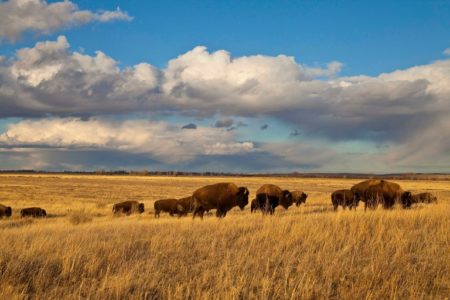
Grasslands used to cover a large swath of North America before European colonizers. When colonizers arrived, they quickly plowed up about half of the grasslands on the continent and converted them to agricultural use, growing corn, soybeans, and wheat. “Once grasslands have been destroyed for agriculture, it can take decades or even centuries to restore them,” said Patrick Lendrum, a scientist with the Fund’s Northern Great Plains program.
The American Prairie Foundation aims to restore a complete and fully functioning prairie ecosystem in Montana. This is critical to securing the long-term conservation of undervalued temperate grasslands that are vital for supporting biodiversity and offsetting carbon emissions made by power plants in the country. Since 2001, the American Prairie Foundation has accumulated more than 450,000 acres of public and private land. In 2005, it reintroduced bison (!!!) after a 120-year absence, with a herd that today numbers about 800 animals. Other thriving species include prairie dogs, cougars, swift fox, pronghorn, black-footed ferrets, and grassland birds.
Whether you’re a weekend traveler, road tripper, or looking for an American safari, American Prairie is free and open to all walks of life. There is a wide range of visitation options, from self-guided, independent trips to safari-style experiences.
For more travel and accommodations info check out www.americanprairie.org/visit.
2. Scotland's Affric Highlands Project
The deforestation of Scotland began in the early 18th century when trees were cut on a massive scale for fuel and buildings. By the 1950s, only about 1% of the original Caledonian Forest remained.
The Affric Highlands is a 30-year rewilding initiative aiming to restore nature in the UK. The project stretches half a million acres of the central Scottish Highlands, making it the UK’s biggest rewilding project. With the help of Trees For Life, ecological restoration work will start next year, with a wide range of wildlife set to benefit, including golden eagles, red squirrels, red grouse, short-eared owls, mountain hares, salmon, trout, ospreys, and otters. There will also be efforts made to save the Scottish wildcat from extinction.
In 2023, Trees for Life will open a rewilding center on the Dundreggan estate (previously a hunting estate). The center will be an education center, with plenty of ways to engage with the local landscape and culture, from hiking the trails and planting native trees to attending events and exhibits that showcase progress.
In the meantime, there are already re-wilded terrains you can visit within the Affric Highlands:
- Urquhart Bay – one of the best surviving examples of ancient wet woodland in Europe
- RSPB Corrimony nature reserve, a haven for black grouse, Scottish crossbills, golden eagles, and other birds, with a 13.5km nature trail through Caledonian forest and moorland to Loch Comhnard
- Affric-Kintail Way, a 44-mile walking route starting in Drumnadrochit, through the heart of Glen Affric to see remarkable lochs, ancient woodlands, and glens
3. Mozambique's Gorongosa National Park
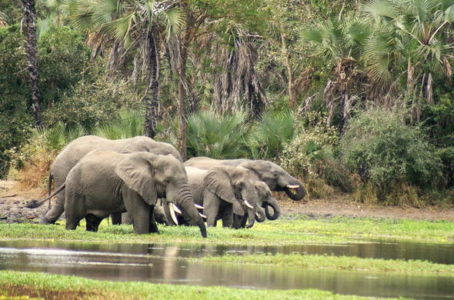
Gorongosa National Park has been named by National Geographic, Time Magazine, Condé Nast Traveler, Afar, the Telegraph, and others as one of the best destinations in the world. It is located in the Gorongosa region of Mozambique. The park holds a rich history of revival. Plagued by years of civil war and poaching, its species are starting to make a comeback with the help of the Gorongosa Restoration Project.
Since 2006, the Gorongosa Restoration Project has set out to bring back nature, starting with buffalo, wildebeest, eland, and zebra. The public-private partnership leads conservation efforts inside the park and invests in jobs, education, and health care for the people who live around it. A recent aerial view reported more than 100,000 large animals, including about 200 lions. Three founder packs of African wild dogs and six leopards have also been brought in from South Africa. The next animal to be introduced will be hyenas.
A full day in an open safari vehicle includes a picnic lunch. You can also visit Mount Gorongosa’s rainforest and the park’s shade-grown coffee project, take a canoe safari along the Pungué river, or take a community bicycle tour. The park has a range of accommodations, from campsites to luxury villas.
You can support this project from home by supporting their coffee – specialty coffee beans are grown by local farmers in the heart of Gorongosa National Park. 100% of profits go towards education for girls, wildlife conversancy and community building.
4. Chile's Patagonia National Park
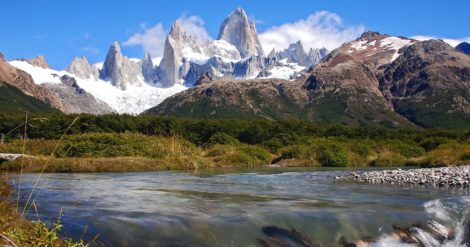
Patagonia National Park is one of Chile’s most important eco-restoration and rewilding projects. It was founded in 2018 and stretches across 752,504 acres. The restoration project focuses on the protection of different wild species, including the puma, the condor, the ñandú, and the South Andean deers. Prior to the project, the area was ungrazed farmland that has been revitalized into a thriving ecosystem.
With so much to see and do, getting oriented in Chilean Patagonia can be a challenge. The best time to visit Chilean Patagonia is November to early March, as the weather is ideal for exploring Torres del Paine National Park and Tierra del Fuego.
Travel Guide For Chilean Patagonia to make planning your trip a breeze!
5. Kazastan's Altyn Dala Conservation Initiative
Since 2005, the Altyn Dala Conservation Initiative has been restoring ecosystems of the steppe, semi-desert, and desert across central Kazakhstan.
The temperate grasslands, winter deserts, and semi-deserts support many endangered species and also feature extensive and important wetlands. These ecosystems allow over 90% of saiga antelopes population to complete their long annual migrations. Spearheaded by the Association for the Conservation of Biodiversity of Kazakhstan (ACBK), the project has increased the population of saiga from 50,000 in 2006 to more than 840,000 by 2021. The large wetlands in the steppes and semi-desert, some of which are listed as UNESCO World Heritage sites, also provide key, globally important stop-over sites for up to 10 million migratory waterbirds a year.
The ACBK organizes international group tours to protected areas in May, June, August, and September with sightings of saiga, flamingos, dalmatian pelicans, demoiselle, and steppe eagles.
Happy wildin’ out!
